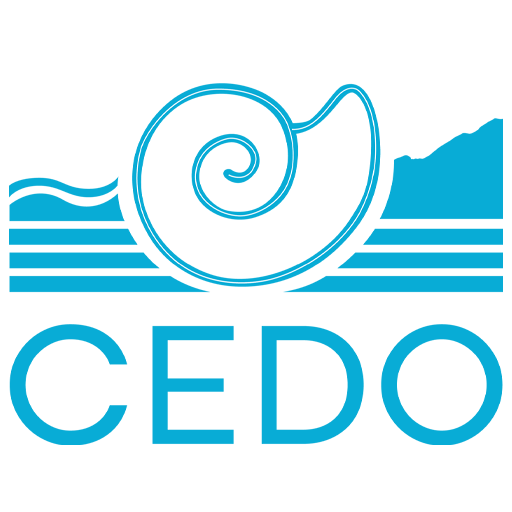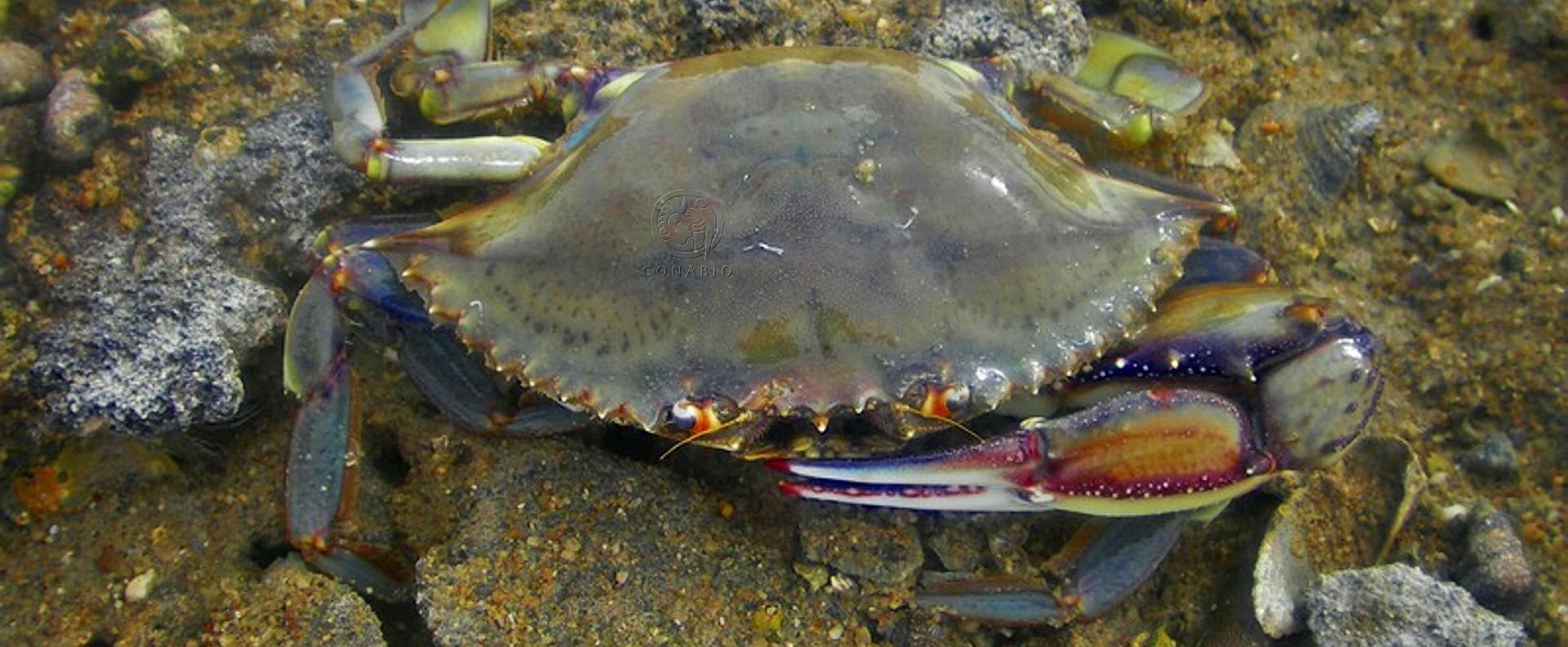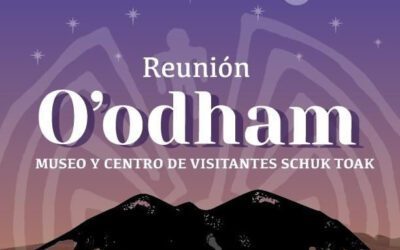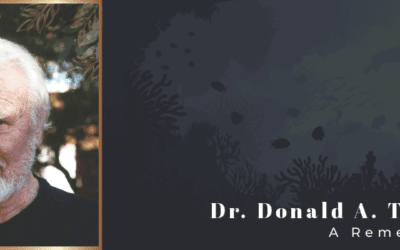[vc_row][vc_column][vc_separator][vc_column_text]By: CEDO Intercultural.
.[/vc_column_text][/vc_column][/vc_row][vc_row][vc_column][vc_text_separator title=”ORGANIZATION” i_icon_fontawesome=”fas fa-home” i_color=”sky” title_align=”separator_align_left” align=”align_left” add_icon=”true”][/vc_column][/vc_row][vc_row][vc_column width=”1/4″][vc_single_image image=”1471″ img_size=”full” add_caption=”yes” onclick=”link_image”][/vc_column][vc_column width=”3/4″][vc_column_text]The Intercultural Center for the Study of Deserts and Oceans (CEDO) combines vision, leadership, knowledge and experience with a view to fostering dynamic communities and resilient ecosystems. The organization has been working in the northern Gulf of California as well as in other ecoregions for 40 years to integrate people, knowledge and solutions. Specifically, CEDO has been working with small-scale fishermen and their communities to develop innovative and comprehensive solutions to the complex challenges facing the region, and participates in the development of the Comprehensive Management Plan for the Peñasco-Puerto Lobos Fishing and Biological Corridor to strengthen a community-based micro-scale management system that provides real solutions to today’s urgent challenges.[/vc_column_text][/vc_column][/vc_row][vc_row][vc_column][vc_text_separator title=”INTRODUCTION” i_icon_fontawesome=”fas fa-fish” i_color=”sky” title_align=”separator_align_left” align=”align_left” add_icon=”true” css=”.vc_custom_1634008735167{padding-bottom: -20px !important;}”][/vc_column][/vc_row][vc_row overflow=”default”][vc_column width=”1/2″][vc_column_text]The unintentional fishing, and consequent death, of marine species that are not the target of the fishing activity is known as bycatch (incidental or accidental) and is one of the main threats to marine biodiversity throughout the world. In addition, due to having a large impact on biodiversity, unwanted fish caught incidentally in commercial fishing operations are often discarded, representing the loss of a rich source of dietary protein. In Mexico, CEDO has launched and coordinates a project to benefit fisheries along the coastal corridor that extends from Puerto Peñasco to Puerto Lobos, specifically to improve commercial fishing operations for blue swimming crab (Callinectes bellicosus) and achieve more responsible and sustainable practices.[/vc_column_text][/vc_column][vc_column width=”1/2″][vc_single_image image=”1902″ img_size=”full” add_caption=”yes” onclick=”link_image”][/vc_column][/vc_row][vc_row overflow=”default” css=”.vc_custom_1634008942045{padding-top: -250px !important;}”][vc_column][vc_column_text]Part of the project consists of monitoring the levels of bycatch associated with local crab fishing. Between 2008 and 2011, CEDO had already carried out a similar exercise and now, ten years later, it intends to update the information and implement activities to obtain a possible certification from the Council for Sustainable Fisheries Management (Marine Stewardship Council, MSC).[/vc_column_text][/vc_column][/vc_row][vc_row][vc_column][vc_text_separator title=”WHAT WAS MEASURED?” i_icon_fontawesome=”fas fa-ruler” i_color=”sky” title_align=”separator_align_left” align=”align_left” add_icon=”true” css=”.vc_custom_1634086089731{padding-bottom: -20px !important;}”][/vc_column][/vc_row][vc_row overflow=”default”][vc_column width=”1/2″][vc_single_image image=”1903″ img_size=”full” add_caption=”yes” onclick=”link_image”][/vc_column][vc_column width=”1/2″][vc_column_text]As part of a series of fisheries improvement projects in Sonora, Mexico, the Intercultural Center for the Study of Deserts and Oceans (CEDO) carried out a bycatch monitoring exercise, with the purpose of promoting increasingly responsible and sustainable practices for the local fishing of blue swimming crab (Callinectes bellicosus).[/vc_column_text][/vc_column][/vc_row][vc_row][vc_column][vc_text_separator title=”HOW WERE THE MEASUREMENTS DONE?” i_icon_fontawesome=”fas fa-diagnoses” i_color=”sky” title_align=”separator_align_left” align=”align_left” add_icon=”true” css=”.vc_custom_1634078509316{padding-bottom: -20px !important;}”][/vc_column][/vc_row][vc_row overflow=”default”][vc_column width=”1/2″][vc_column_text]Bycatch monitoring activities began in July 2020 and were carried out over almost five months (duration of the commercial crab fishing season) in the fishing fleets of the Bahía de San Jorge and La Pinta areas, with the support from two community monitors. A monitoring protocol reviewed by the National Fisheries Institute (INAPESCA) of Mexico was used.[/vc_column_text][/vc_column][vc_column width=”1/2″][vc_single_image image=”1905″ img_size=”full” add_caption=”yes” onclick=”link_image”][/vc_column][/vc_row][vc_row][vc_column][vc_text_separator title=”WHAT WERE THE RESULTS?” i_icon_fontawesome=”fas fa-poll” i_color=”sky” title_align=”separator_align_left” align=”align_left” add_icon=”true” css=”.vc_custom_1634085934645{padding-bottom: -20px !important;}”][/vc_column][/vc_row][vc_row overflow=”default”][vc_column][vc_column_text]The results of the analysis showed that in the traps for crabs a catch of between 36 and 74 grams of other species was recorded for each kilo of crab (ratio between the by-catch and the target species), which, extrapolated, represents a total weight of between 8.9 and 18.6 tons of bycatch for the 2020 season at the study site.[/vc_column_text][/vc_column][/vc_row][vc_row][vc_column][vc_text_separator title=”MEASUREMENT METHODS” i_icon_fontawesome=”fas fa-pencil-ruler” i_color=”sky” title_align=”separator_align_left” align=”align_left” add_icon=”true” css=”.vc_custom_1634086139506{padding-bottom: -20px !important;}”][/vc_column][/vc_row][vc_row overflow=”default”][vc_column][vc_column_text]The bycatch monitoring program in the fishing fleets of the Bahía de San Jorge and La Pinta areas began in July 2020, with the support of two community monitors and applying a monitoring protocol evaluated by the National Fisheries Institute (Inapesca) from Mexico. In addition, as a complementary guide to said protocol, a previous methodology developed in 2011 was used to help fishermen characterize and update the information related to bycatch in the fishery, thereby achieving a better understanding of the link between the crab catches and incidental fauna. Bycatch sampling was based on information collected in the respective fishing logs of the vessels, and differed slightly between the two fleets. This is due to the fact that for the vessel in the Bahía de San Jorge fishing zone, the by-catch is recorded in the log during a fishing day every fifteen days. In contrast, the La Pinta fleet vessel logs several different indicators each day, including the species, sex, and maturity of the incidentally caught specimens. Before starting monitoring activities, CEDO identified key people in the local communities (captains and crew members) who were willing to help collect data for the project. The selected people were trained on the monitoring protocol to be used, as well as with the necessary materials to carry out the exercise (for example, log books, scales, GPS devices, waterproof suits and rubber boots). Subsequently, at the CEDO facilities, the two contracted monitors were also trained in order to standardize the data collection methods for the project as a whole. Each monitor was asked to submit a monthly bycatch record observed on their assigned vessel.[/vc_column_text][/vc_column][/vc_row][vc_row][vc_column][vc_text_separator title=”RESULTS” i_icon_fontawesome=”fas fa-poll” i_color=”sky” title_align=”separator_align_left” align=”align_left” add_icon=”true” css=”.vc_custom_1634086583993{padding-bottom: -20px !important;}”][/vc_column][/vc_row][vc_row overflow=”default”][vc_column][vc_column_text]The data collected by the monitors were transcribed, for analysis, in an Excel data sheet. The 2020 commercial fishing season for blue swimming crab began on July 1 and ended on December 7 at La Pinta and on November 19 at Bahía de San Jorge. Table 1 presents the general bycatch monitoring data for both sites or fishing fleets, indicating the number of samplings and records obtained by each community monitor. Table 2 shows the results regarding the total weight of accidental catches (with a breakdown by species) in the two monitored fleets: 33.4 kilograms (kg) in Bahía de San Jorge and 44.3 kg in La Pinta, for a total of about 77.7 kilograms. The results of the analysis show that for each kilogram of crab, 36 to 74 grams of accessory species were captured in the traps, which corresponds to a ratio between the target catch and the accidental catch of between 3.67 and 7.48 percent per trap, with a downward trend as the fishing season progressed. Table 3 presents the catches (target, incidental and total) recorded during the sampling period.[/vc_column_text][vc_column_text][visualizer id=”1912″]
Table 1. General bycatch monitoring data for both sites or fishing fleets[/vc_column_text][vc_column_text][visualizer id=”1922″]
Table 2. Results regarding the total weight of accidental catches (with a breakdown by species) in the two monitored fleets[/vc_column_text][vc_column_text][visualizer id=”1945″]
Table 3. Target catch, bycatch and total catch in crab traps during the monitoring exercise[/vc_column_text][vcj_testimonials testimonials=”%5B%7B%22name%22%3A%22Fishermen%20of%20Bah%C3%ADa%20de%20San%20Jorge%22%2C%22quote%22%3A%22%20%5C%22Monitoring%20bycatch%20in%20crab%20fisheries%20can%20not%20only%20help%20us%20identify%20opportunities%20to%20avoid%20waste%2C%20but%20it%20can%20also%20represent%20a%20business%20opportunity.%5C%22%22%2C%22avatar%22%3A%221952%22%7D%5D” color_text=”#679ebf” line_text=”#679ebf” quote=”off” description_styles=”italic” description_size=”21px”][/vc_column][/vc_row][vc_row overflow=”default”][vc_column width=”1/2″][vc_column_text]Throughout the season, 93 tons of crab were caught in La Pinta and 155.9 tons in Bahía de San Jorge, representing a total of 249 tons between the two fisheries.
It should be noted that, as had already happened in the 2019 season, the yield in 2020 was unusually low compared to historical crab catch records for the area of around 800 tons.
At the beginning of the season, fishing activities were carried out with 15 boats in La Pinta and 23 in Bahía de San Jorge. The average number of traps per vessel was 132 in La Pinta and 109 in Bahía de San Jorge, observing a decreasing trend in catches of crab towards the end of the season at both sites.
Extrapolating the data obtained from the samplings throughout the monitoring exercise, it is possible to estimate that the total weight of the incidental catch in the crab fisheries in the area is between 8.9 and 18.6 tons. It is worth mentioning, however, that the weight of the hermit crabs captured in the sampling was not quantified, since most of them were considered dead shells.[/vc_column_text][/vc_column][vc_column width=”1/2″][vc_single_image image=”1956″ img_size=”full” add_caption=”yes” onclick=”link_image”][vc_single_image image=”1957″ img_size=”full” add_caption=”yes” onclick=”link_image”][/vc_column][/vc_row][vc_row][vc_column][vc_text_separator title=”CONCLUSIONS” i_icon_fontawesome=”fas fa-tasks” i_color=”sky” title_align=”separator_align_left” align=”align_left” add_icon=”true” css=”.vc_custom_1634110931393{padding-bottom: -20px !important;}”][/vc_column][/vc_row][vc_row][vc_column][vc_column_text]Although none of the incidental species identified in the sampling are included with any protection category in the national or international lists of fauna protection – Official Mexican Standard 059 (NOM-059), International Union for the Conservation of Nature (IUCN ) or Convention on International Trade in Endangered Species of Wild Fauna and Flora (CITES) – the truth is that its bycatch associated with crab fishing means the enormous loss of a rich source of dietary protein.
The project has highlighted the fact that bycatch in the blue swimming crab fishery in Sonora, Mexico, continues to be a problem. As a result, CEDO has been working with local fishermen to improve their crab traps in order to reduce bycatch levels and consequent waste. The hope is that the ongoing study on the effectiveness of traps will identify the measures needed to reduce bycatch in this area and provide an example of best practices that can be adopted in crab fisheries around the world.
Parallel to this project, CEDO has also studied ways to reduce food loss and waste not only in primary production, but throughout the crab supply chain. In the future, the Center plans to work with the crab processing plants in the area, in order to determine the amount of food waste produced in their facilities and to identify the measures to be taken in order to reduce such losses and take advantage of the waste generated.[/vc_column_text][/vc_column][/vc_row][vc_row][vc_column][vc_text_separator title=”PROJECT PARTICIPANTS” i_icon_fontawesome=”fas fa-users” i_color=”sky” title_align=”separator_align_left” align=”align_left” add_icon=”true” css=”.vc_custom_1634111843795{padding-bottom: -20px !important;}”][/vc_column][/vc_row][vc_row][vc_column][vc_column_text][TEAM_B id=1962][/vc_column_text][/vc_column][/vc_row][vc_row][vc_column][vc_separator style=”shadow” border_width=”2″][vcj_team_member image=”1972″ name=”About the Author:” layout=”style3″ image_ratio=”portrait” color_name=”#ca972e”]CEDO | Andrew Boulding (WRAP)
This publication was prepared by CEDO and Andrew Boulding (WRAP) for the Secretariat of the Commission for Environmental Cooperation.
[/vcj_team_member][/vc_column][/vc_row][vc_row][vc_column][vc_column_text][ctct form=”1153″ show_title=”false”][/vc_column_text][/vc_column][/vc_row]









0 Comments